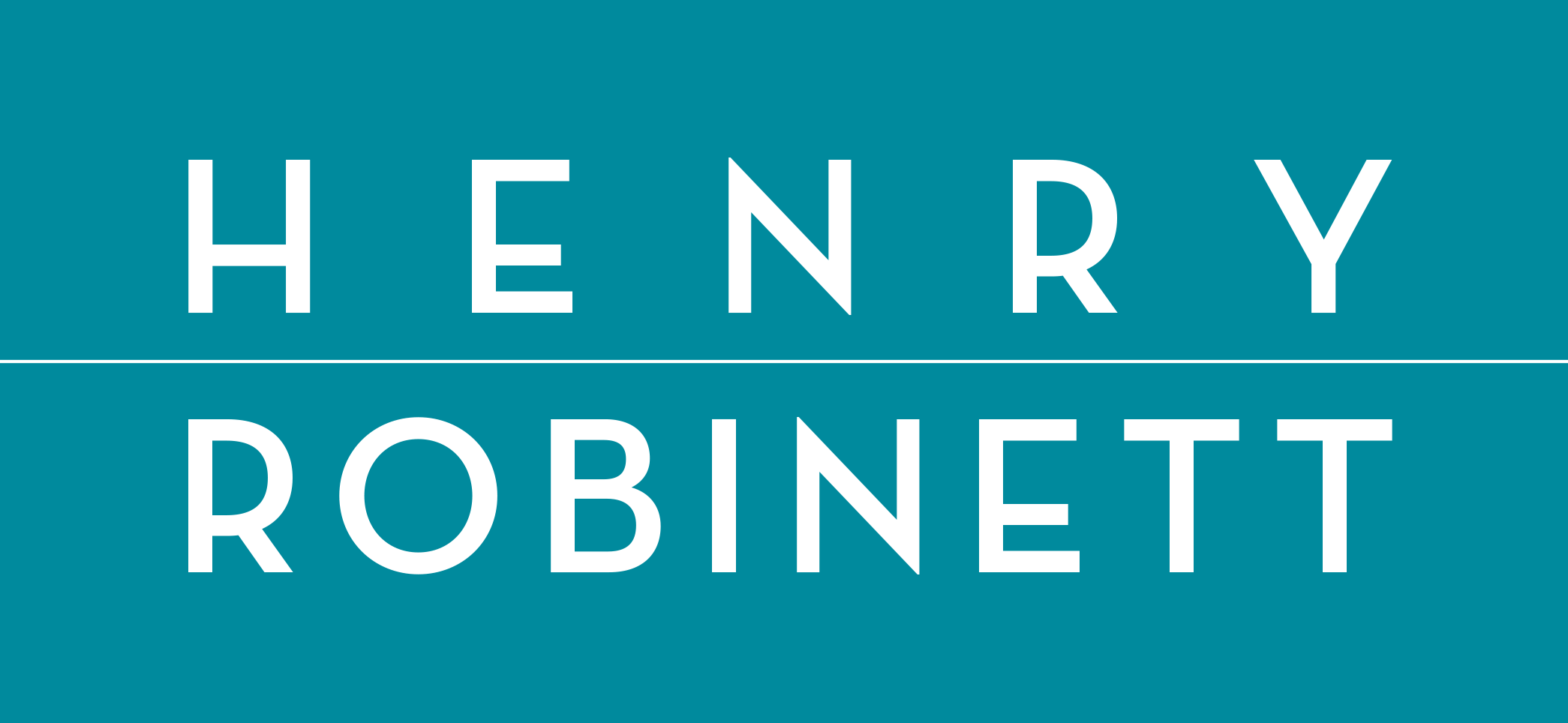Biography Timeline
Henry Robinett’s roots in jazz run deep. Scroll down in this biographical timeline to see just how deep.
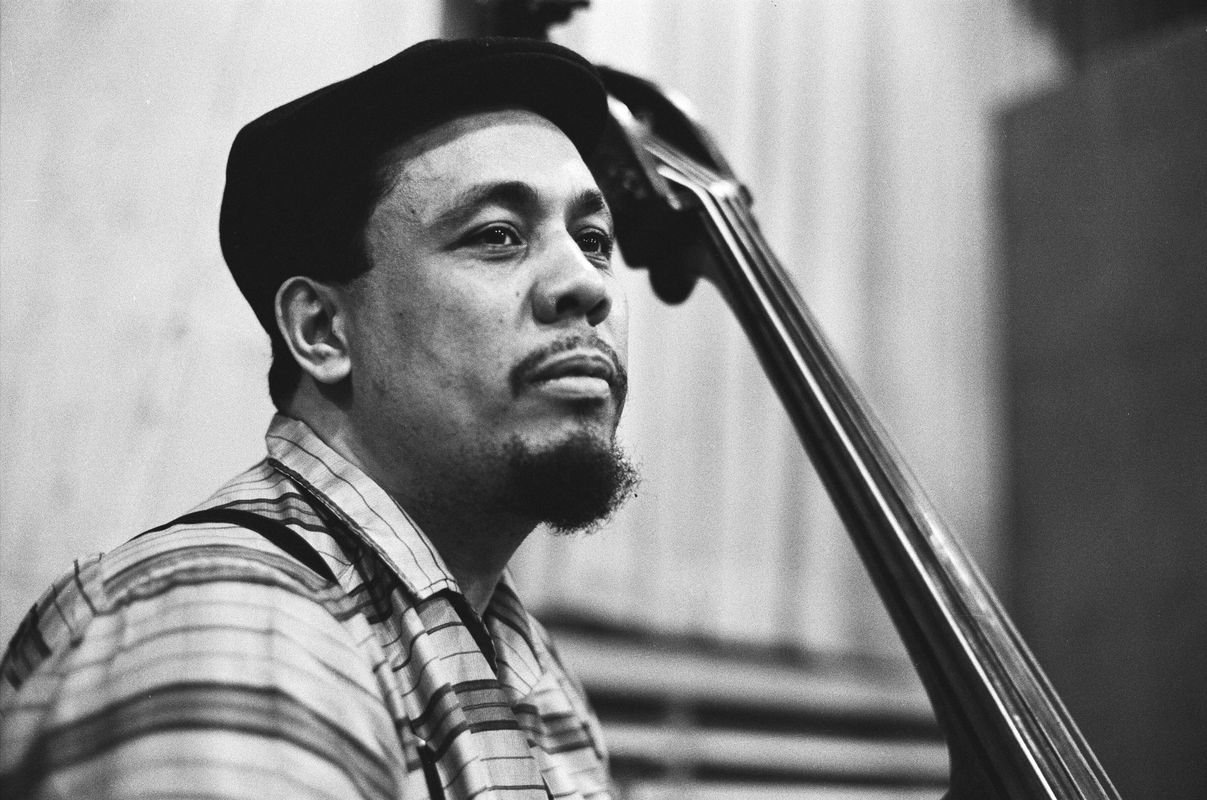
When I started...
I started playing guitar at the age of 13, inspired both by the music of Jimi Hendrix as well as the music of my father’s first cousin, Charles Mingus. My father had a huge stack of records and a good twenty of them were of Mingus, so I always heard his music in the house. By the time I decided I wanted to play music, I’d look at his section of the record collection and think that somewhere, coursing inside my veins, was similar blood and similar ability. There was also a lot of classical music, Sinatra-esque pop and jazz. But it was the music of Jimi Hendrix that beckoned me to play the guitar.
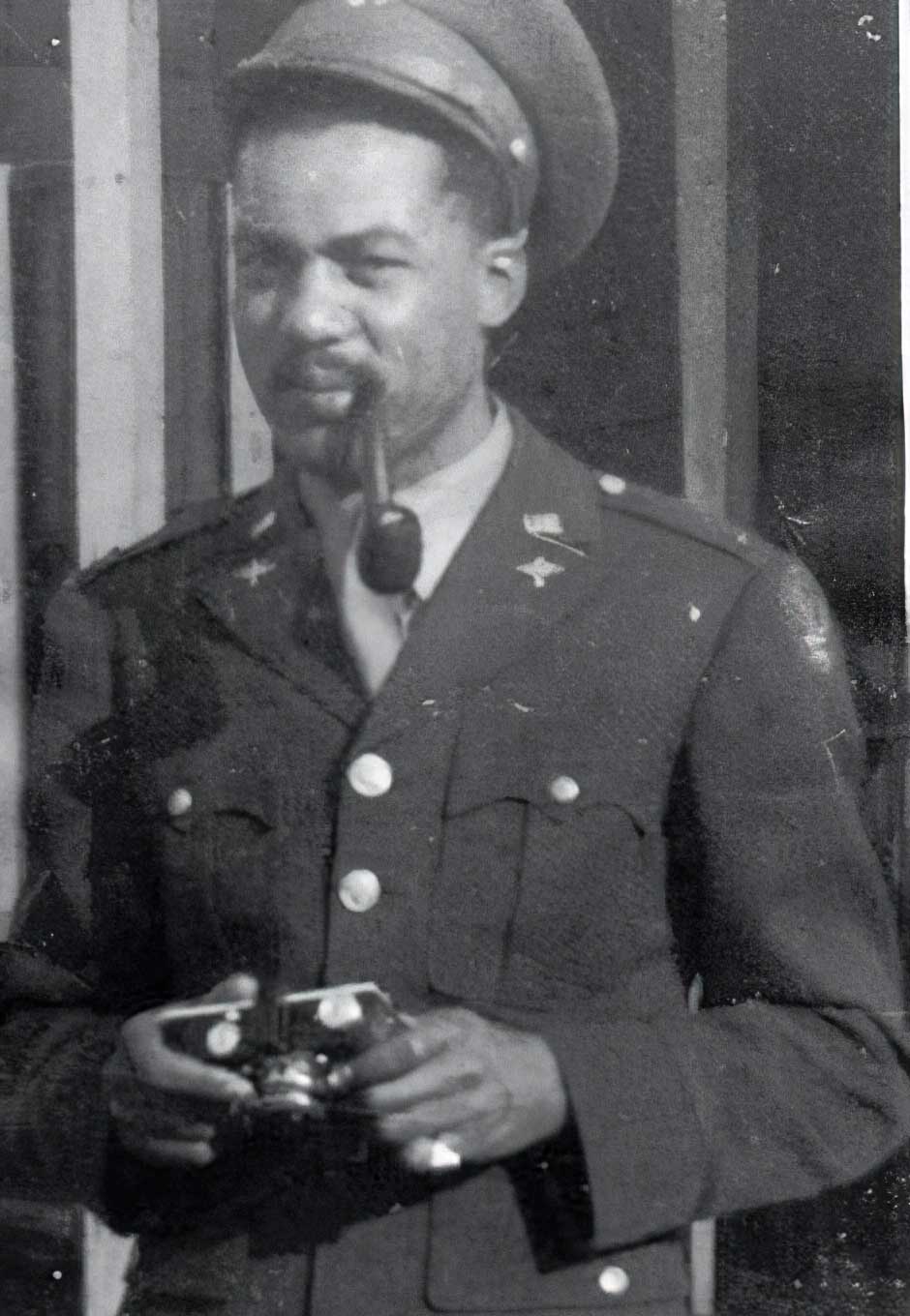
My Father
My father, St. Elmo Robinett, received his BA in Philosophy from Berkley and his masters in mathematics from USC. He was the first person in his family to go to college. He was also an officer and instructor at Tuskeegee AFB during the war. He was considered one of the original group, though he was not a pilot.
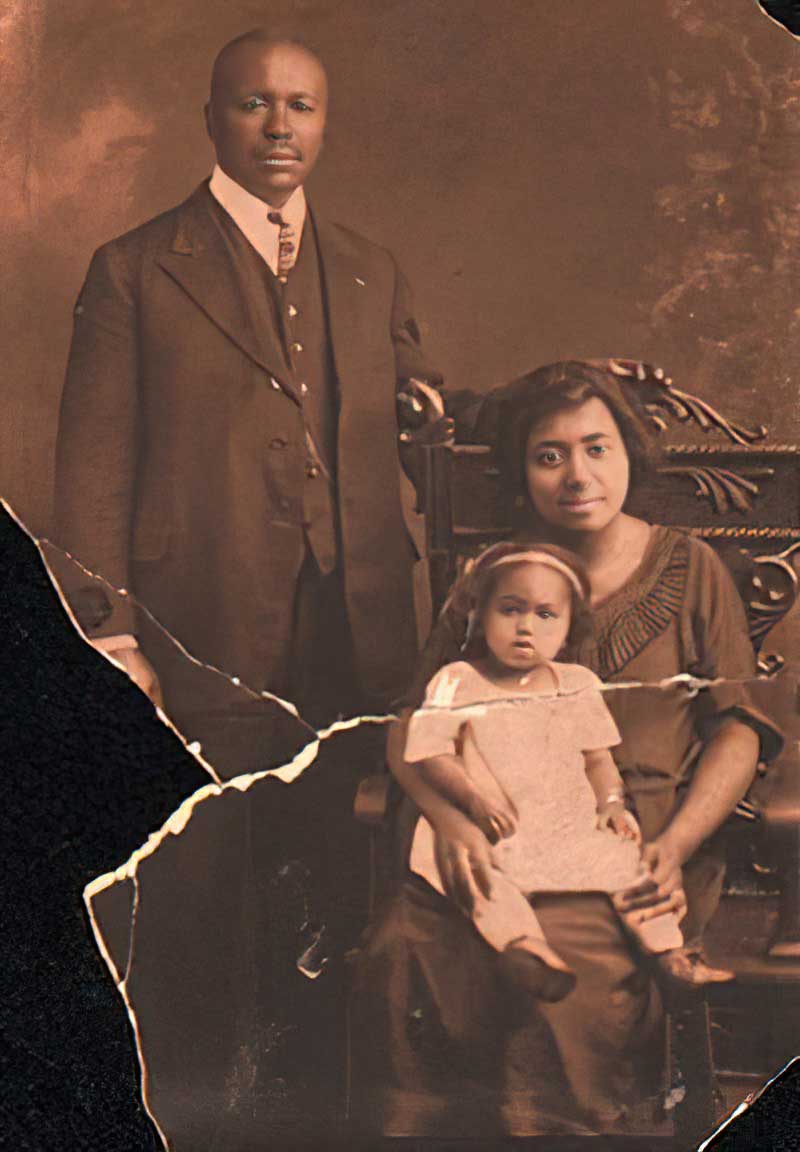
Early Years
That is my mom, Louise Virginia Henry, at the time, on her mother’s lap. Jessie and her father, an attorney and author, William S. Henry. Can you guess why they named me Henry?
At the age of 8 through 9, for a full year, I lived in London. It was a wonderfully crazy idea my mother had to take me, her mother and niece to Europe. No plans, no job, no friends, just go. One of the bravest things a black woman could have done in 1964. But that was also the time of the early Beatles and the whole British Invasion thing. But I was over there! They were invading the US and I was on Carnaby Street! The problem was I was only 8 and 9. Yet this was a very important time in my artistic development. I went to museums and plays. I went to school too. I thought this was supposed to be a vacation! And I had to learn how to fight. Those cockney kids were tough. I was called “wog” and the N word quite a bit. To this day I don’t like the term wog as it’s very derogatory towards foreign born minorities in Britain. My school was Chesterton Primary School in the Battersea Park area. It was then a cockney neighborhood, although we lived on Prince Of Wales Drive, directly across from the park. A somewhat exclusive area. Now Battersea is a black part of London, but it wasn’t then. I think we must’ve integrated it!
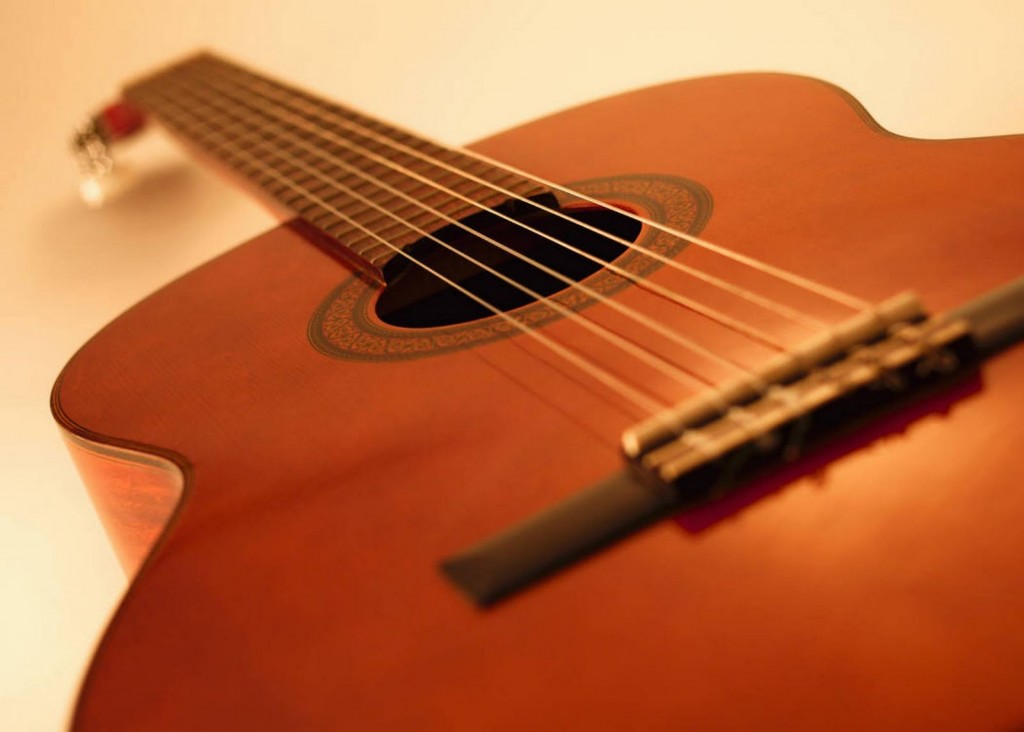
Jimi...
At 13, after listening to All Along The Watchtower by Jimi Hendrix, I decided I wanted to play guitar. My first teacher was classical guitarist Jack Warren. I studied classical pieces from him and fell in love with the instrument. Jack told me, “You will always play the guitar. Most of my students will stop playing as soon as their mother stops paying for lessons, but you? You will always play!” How did he know that?
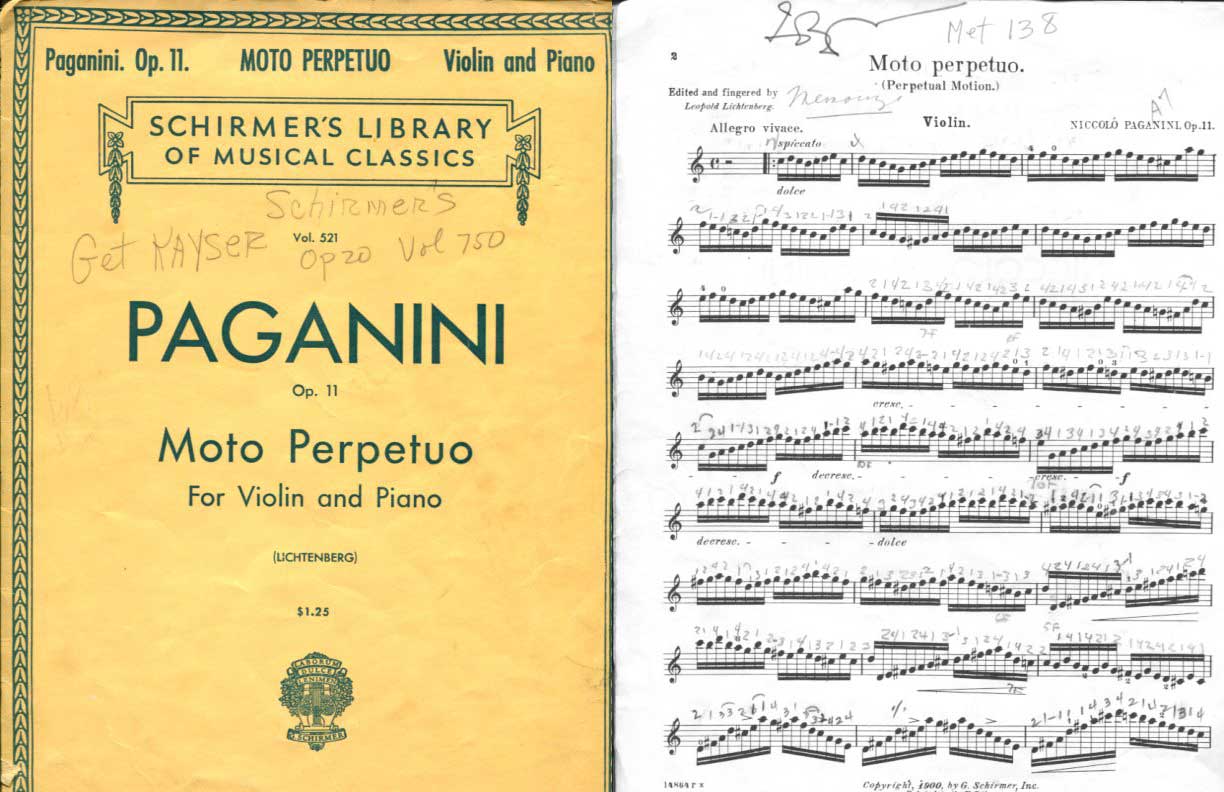
Lee Havens
Next I studied with Lee Havens, the legendary Sacramento guitar instructor. Lee Havens approached teaching the guitar as if it were the violin or cello. I had to learn Bach, Paganini, Mendelsshon, and Rimsky-Korsakov that he had transcribed from their original scores to the electric guitar, played with a plectrum! Lee had gone to a lot of Howard Roberts seminars and basically taught me that method.
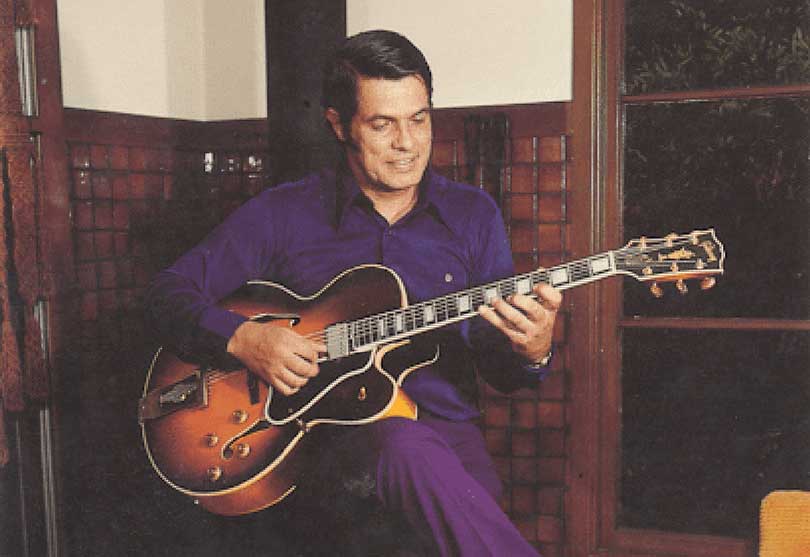
Warren Nunes
After Lee Havens I found Warren Nunes and made the weekly drive to Hayward from Sacramento. Nunes was a very well respected teacher and an amazing bop player. He was also a noted author of many well known jazz guitar method books.
Warren was teaching in Hayward, California at Spitzer Music. He conducted classes where you played with Warren in a group. Every week there was a bassist, plenty of rhythm guitarists, a drummer and often an alto or tenor saxophonist. We’d call tunes and play with Warren. What great training it was. Warren was a monster. It was always a humbling experience.
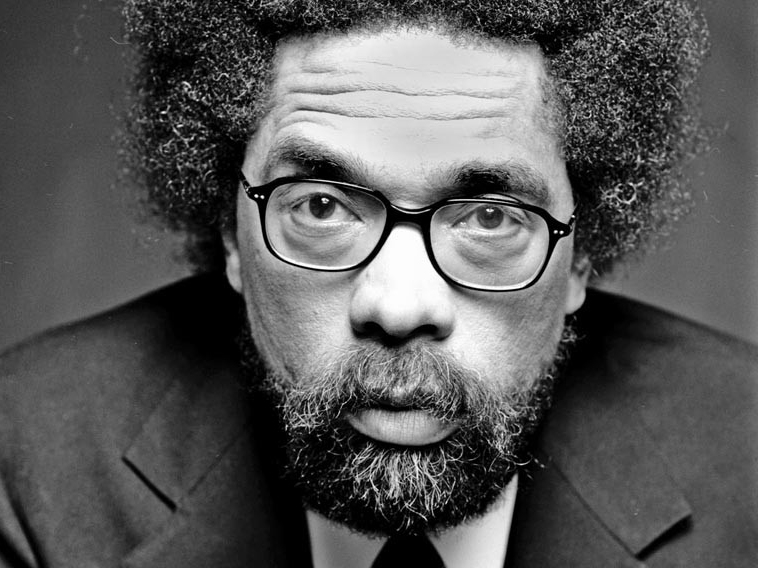
JFK High School
I studied with Warren for almost two years, all while in attending John F. Kennedy High school, the very same school Cornel West attended, he was just two or three grades ahead of me, but a LOT older!
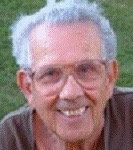 Also while at JFK I was mentored by my great music teacher Nick Anguilo. “The best advice I can give you Henry is to get out of town!” Of course I heeded his advice, only to return, often, for one reason or another. I can go into that elsewhere, later. He was, and still is, a great teacher, who believed in me and inspired me.
Also while at JFK I was mentored by my great music teacher Nick Anguilo. “The best advice I can give you Henry is to get out of town!” Of course I heeded his advice, only to return, often, for one reason or another. I can go into that elsewhere, later. He was, and still is, a great teacher, who believed in me and inspired me.
Also while at Kennedy, in my sophomore year, I joined Sparrow, a high school dance band, made of of members who were all much older.
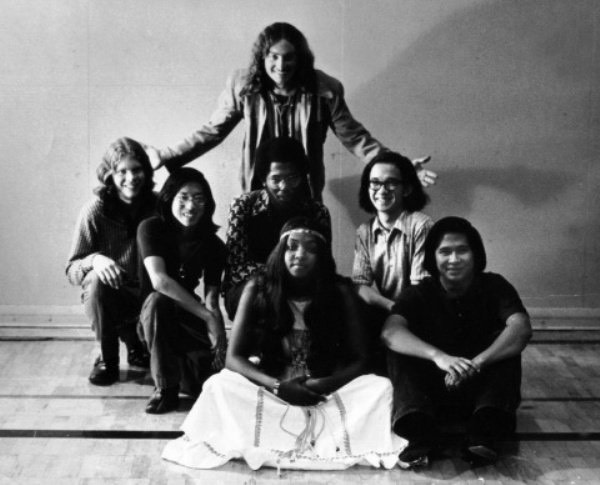
Sparrow
So I was the baby of the band and replaced Kenny Lee Lewis on guitar, who was leaving and would soon go on to fame as the guitarist/bassist in The Steve Miller Band.
Sparrow was a great band and the perfect first band for me. It was led by Larry Gee, who was a wonderful arranger and musician. We were molded in the style of Tower Of Power.
After graduating from JFK I enrolled at CSUS. My first year I had a class from distinguished visiting professor Maya Angelou. What a great experience. It was life changing! And of course she is an artist, and I learned quite a bit about the life of an artist and some of her methods.
Soon I was to join a popular Sacramento group The Runners. This band was a combination of contemporary, (at the time) R&B, rock, Brazilian and jazz. We all thought of it as something else, but I thought of it as a cross between the electric period of Miles Davis and Stevie Wonder, with a little Milton Nascimento and Tito Puente thrown in. I think THAT was the problem! I was out there, for sure! I like to think of it as visionary. In truth the actual band, would have been closer a more urban, R&B Eagles and Stevie Wonder. Great songwriting. But I took it sideways to outer space, of course! In any event, it was a great band.
We were very popular in Sacramento and Northern California, but never got the big break. We had plenty of knocks at the door, but no takers. We had so much talent and intelligence in the group, our heads were really too hard and too big to get through. And of course, I insisted we were Miles Davis Live At The Fillmore! That wasn’t the most commercial and successful of routes to obtaining a huge record contract. Skip Morairty was the leader and principle writer. Keith Jefferson was a wonderful poet and lyricist and phenomenal showman, despite his large girth. Keith was one of the most creative individuals I’ve ever known. Jimmy Griego was a great drummer who followed me in frustrating the band towards that Miles Davis Valhalla. Alphonza Kee was perhaps one of the greatest electric bassist I’ve ever played with. He had already played in the Staple Singers and Miroslav Vitous‘ electric band. Anyone who can play bass for Miroslav Vitous ain’t bad, right? And Bongo Bob. We lived together for about a year. Bongo is a great musician and very dedicated. He’s become quite successful as a producer. He was part of the production team of Narada Michael Walden. This much talent in a group was unstable for the group without a lot more sanity than we had at the time. Also Charlie Peacock and Roger Smith did time with the band. Not bad, eh?
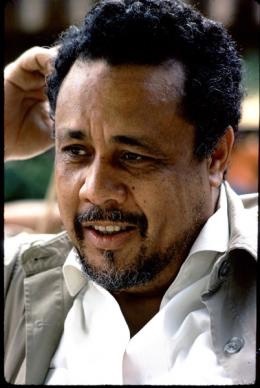
Mingus
I soon had another opportunity. My biggest hero in music had always been, since my beginnings, Charles Mingus. Every chance I got I would see him, and put on my uncle Clarences oversized suit to sneak in The Jazz Workshop or The Both And in San Francisco. I had a feeling that I had better write him before it was too late. He gave me his address, when I had the good fortune of hanging out with him backstage at the Kool Jazz Festival at the Oakland Coliseum. He was laughing with Dizzy Gillespie, and listening to B.B. King perform. So I later wrote him. I told him that it had always been my dream to come live with him for a couple of months.
About 5 days after sending the letter of I get a phone call. “This is Charles. Well come on.” He was generally very stingy with words. It took me about couple of weeks to put everything in order. I had to find a replacement guitarist for The Runners. And I had to up my practice schedule.
So in 1978 I lived with him at Manhattan Plaza, NYC for about three months. It so happened that Samuel L. Jackson was the door man. But I didn’t know who he was at the time.
That very first night was Mingus’ wife, Sue’s birthday. Sue Mingus, or as she was known then Susan Graham Ungaro, aka Hurricane Sue in the business. I had really stepped in it. A big surprise party for her on my first night. Sonny Rollins was there. Nat Hentof and Leonard Feather. And many other notables I wouldn’t have known. I was a 22 year old, California vegetarian, sandal wearing, hippie type black kid. Not your typical New York fare, even for a jazz musician. But that night I got to actually jam in front of Charles Mingus and Sonny Rollins! I played with tenor saxist Paul Jeffrey (who was in Thelonious Monks last working group), and wonderful pianist and neighbor of Charles and Sue, Armen Donelian. We played Rhythm-a-ning and something else.
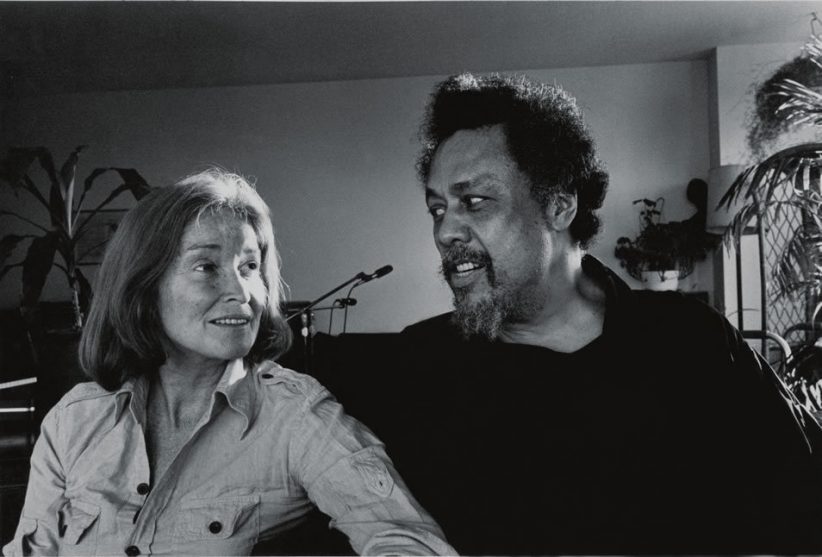
Mingus
The next morning (afternoon actually) at a breakfast of pancakes, I asked Mingus what he thought of my playing. “Of YOU?” Smiling with stupid courage I said, “Yeah, what do you think of the way I play?” He paused for a moment and replied, “Well you have a lot of talent. But you still have a lot to learn.” I took that as a bigger compliment than perhaps I should have or he intended.
Can you imagine, being so young, doing what you want and living with your hero? Nothing could have been finer. In NYC I played with Paul Jeffery’s rehearsal group at Chas. Collins Studios. I played with Bob Neloms, Hal Galper, Clifford Jordon, Frank Strozier, Ted Dunbar. And with the Manhattan Plaza band that consisted of Muhal Richard Abrams, Chico Freeman, Ronnie Boykins, George Lewis, Ricky Ford, among others. I also played in Ted Daniels Energy at Ali’s Alley, the club owned by Coltranes last drummer, Rashied Ali. That’s also where I met John Belushi, who was thrown out by Rashied for trying to score some drugs.
Mingus gave me some things to study and had me struggle through these charts he was writing for Joni Mitchell. I wasn’t used to reading guitar charts like these. They were piano charts, but almost through composed. No chord symbols, or repetitions, like I would have thought. It looked like Chopin. He has this beautiful Bosendorfer piano and a row of basses as you entered the apartment. He was on the 43rd floor. And I practiced like mad.

Joni Mitchell
Also I met Joni Mitchell, as this was the time she and Charles were commencing work on their album titled simply, “Mingus.” Italian movie producer Daniele Senatore was the personal link between the two of them. He had just done his movie called Todo Modo, which was held from release because something had happened eerily similar. The movie was about the abduction and murder of the Italian Prime Minister. It actually happened on the eve of the movies release. Similar to the movie, and in real life just after finishing production of the movie, Italian Prime Minister Aldo Moro was kidnapped and murdered along with five members of his entourage by the revolutionary terrorist group The Red Brigades. Senatore was known for doing “The Investigation of a Citizen Above Suspicion.” And of course “The Seduction of Mimi”, a Lina Wertmuller movie. Mingus had done the music for Todo Modo. We all sat through a screening of it, but nobody seemed to like it. The music was the best, though I never heard it in the movie. And Charles listened to it every day in his wheel chair in the sky.
But Joni. I was then and still am a huge Joni Mitchell fan. I sat with her for several days talking music and life stuff, with Charles, and sometimes one on one. She played my white Epiphone and showed me some of her tunings. She wrote them down for me. I kept the notes in my guitar case for years, until I lost them. Why did I leave it in my guitar case?? She was very kind. I’d love to hang out with her again sometime. Duh.
The only discouraging thing for me during this period was listening to the gorgeous music Charles had written for her, which he called Joni 1, 2, 3, etc. He’d have various pianists come by and play this written music, which was thoroughly notated. This alone was amazing enough as he had a pretty well advanced form of Lou Gehrigs Disease, or ALS. He no longer had the use of his limbs, so he had to dictate the music, which he’d do by calling out the notes to a transcriber, mainly Paul Jeffrey, but sometimes also Sy Johnson or his long time trombonist Jimmy Knepper. I suspect I was being groomed for that task. Then he’d have Armen Donelian, or on one occasion, Phineas Newborn Jr, play through them. And I had already considered Phineas was one of the greatest pianist of all time. What a thrill to sit there, just a few feet away from Phineas as he played songs and talked to MIngus about the old days! This was a very heady time for me, indeed. But the music Charles wrote for Joni was so achingly beautiful, as it was played on solo piano. By the time Herbie and Jaco and Erskine and Wayne Shorter got to it, the music had been so transformed, it was barely recognizable. I was just bitterly disappointed. Nothing against those brilliant musicians, heroes of mine all, or Joni. Somewhere I understand there’s an alternative recording with people Mingus wanted to have play. I can only hope it’s released someday, but I doubt it.

More Influences
Dexter Gordon lived downstairs and he was often up for dinner. This was a year after his triumphant return to the US. Sonny Rollins came by several times. Dizzy Gillespie and Ornette Coleman visited. Dizzy told me some funny stories about Charles and Ornette told me that if I, or someone, could match the guitar and voice in new jazz music, he’d have the keys to the kingdom, since peoples minds and ears are attuned to them more than anything else and to a greater degree than any other time in history. Damn. Another missed opportunity.
These were my heroes and I could sit and talk with them, where I was living, for extended times. Amazing to think about it. This is what I wanted.
And of course there was a second party: Charles’ 55th birthday. Sonny Rollins was there, George Coleman, Woody Shaw, Carter Jefferson, Nat Hentof and a bunch of other notables, a famous cartoonist, writers, Larry Coryell’s then wife regaling us with stories about the disappeared Miles Davis.
I returned to California, moving to San Francisco. I played at Keystone Korner and played with many of the SF luminaries, primarily legendary pianist Jessica Williams. I recorded guitar on her album “Orgonomic Music,” with trumpeter Eddie Henderson. During this time I also played with Kitty Margolis, Warren Gale, Mark Soskin, Vince Wallace, Pony Poindexter, and Bishop Norman Williams, among others.
This was a small year’s respite before moving to Munich, Germany where I played in various bands and did some studio work for the Munich Sound Machine among others. I played in a reggae band from Aruba called Tracks and Traces. I lived there for about a year.
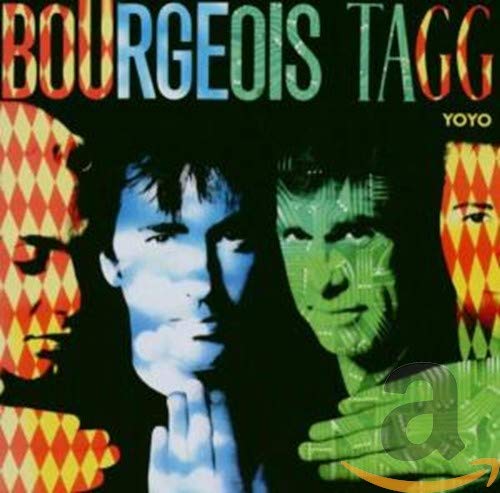
Bourgeois Tagg
Returning to the states I played with the Charlie Peacock Band briefly, with Erik Kleven and Jimmy Griego. Then there was a fusion band called Black Ice Fusion, later renamed Jakarta. This band featured Vince Ebo on vocals, Joe Espinoza on tenor and soprano saxes, Charlie Kilpatrick on keyboards, Ivan Talley or Jimmy Griego on drums. Philip Desmangles and later Ronel Bailey on bass.
Not long after this I joined Bourgeois Tagg. This was a great band. I loved playing with them, but it was temporary duty and ultimately it wasn’t my direction. But what a band it was. Best non jazz band I’ve ever been a part of. I learned an incredible amount from the songwriting team of Brent Bourgeois and Larry Tagg, and the infectious groove-letting of Mike Urbano. Unfortunately I didn’t play on any of their records. Sad face. But I did have those guys play on the Brent produced Ticket To Ride, from my first CD.
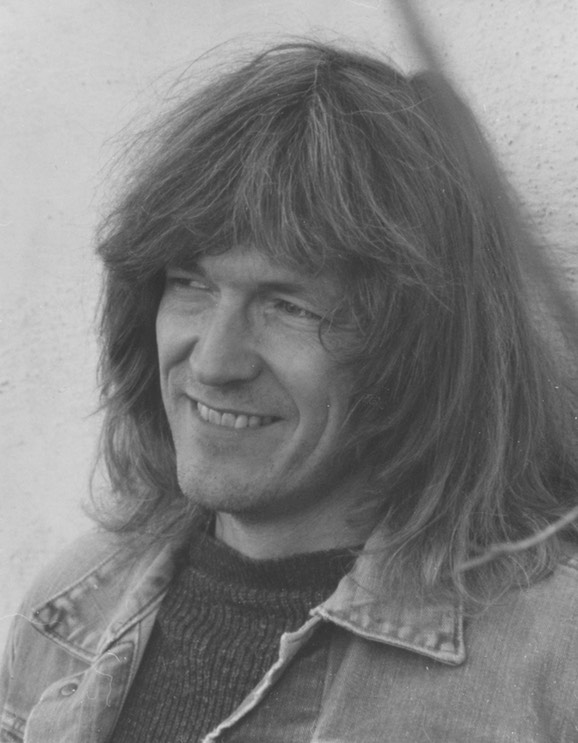
Erik Kleven
After leaving the band, I was caught in a quandary of not knowing exactly what I wanted to do. Then I had this dream. I only lived in one room and it was too small. I made a very detailed plan. I wrote a bunch of music and did some test demos on a little cassette four track. I asked a bunch of guys if they wanted to form this band with me. Amazingly every single person I asked said yes enthusiastically. Well one said no. Others said yes, but I don’t know why it didn’t work out. Aaron Smith was my first choice for drums. He was very excited about doing it, but turned out was too busy with the 77s. The first line up was Rick Lotter, who I didn’t know at the time, on drums, Eric Heilman, who recommended Rick, on bass and Dave Buehler on keyboards. Something happened where Eric had to leave and another Erik showed up: Mr. Erik Kleven. He was the perfect bassist for my group.
Erik was killed in a car crash July 2006. The loss still cuts deep.
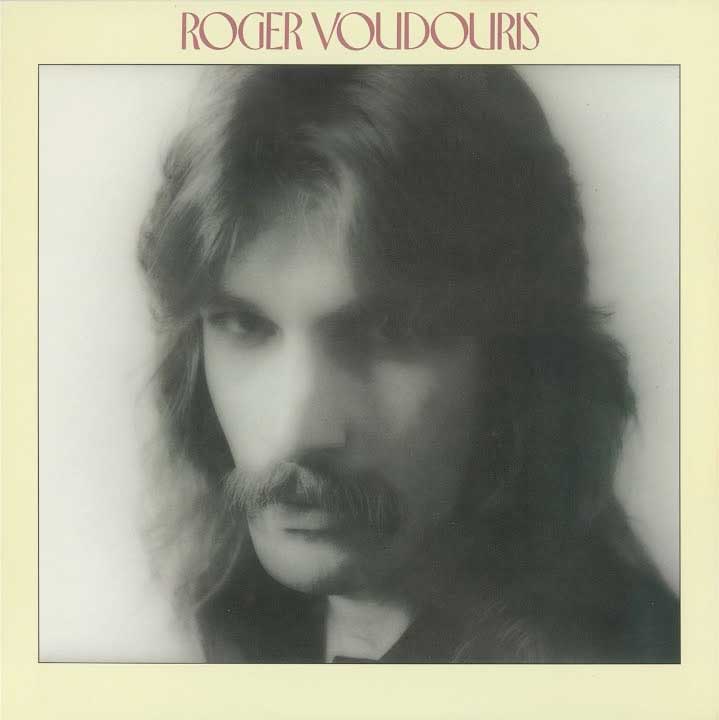
Roger Voudouris
During this time I met my old friend Roger Voudouris. He told me he had started a record label called Artful Balance. I told him, that’s funny, I just started a band. He told me to get him a tape.
I had met Roger when I was in high school. He was the most amazing guitarist I had personally known. He played acoustic guitar with his fingers, doing flamenco style, crazy stuff and singing original popish tunes, with this phenomenal voice. I never heard anything like it. I wish he had done more of that. He had released a few albums and by this time had decided that his career path laid elsewhere. It came as a surprise to me that he respected me so much as a guitarist.
So I took the band into Moon Studios with David Houston and recorded 4 tunes; Telephone Tune (Festival Des Telephones), so called because I gave Rick the complicated rhythm over the phone, After The Fact, This Is Why and Samadhi In Malawi. The next time Roger was in town he and I drove to William Land Park and listened to the tape. It was Telephone and mainly Samadhi that sealed the deal. He took it to his partner and I was in contract negotiations for the next year and a half! But I was with them. HRG went right to work to record our first.
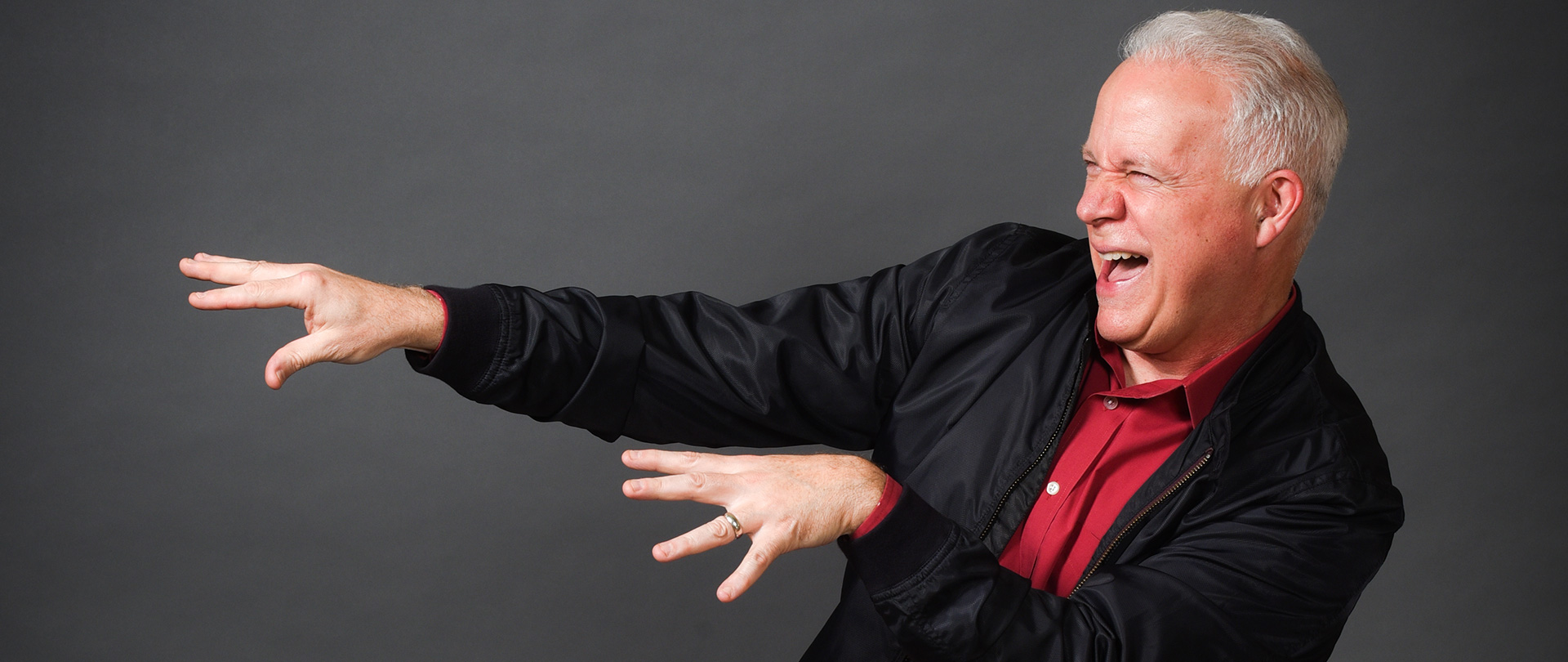
Joe Gilman
In the mean time, between playing him the demo and actually recording the album, I met Joe Gilman. I was playing in another jazz group called Sax Attack with Boyd Phelps. This kid approaches the bandstand and asks if he can sit in. Joe Gilman. He was still in college and roommates with bassist Robert Hurst, who would go on to play with Wynton Marsalis. Joe played like Herbie Hancock. Where the hell did this guy come from? So he joined my band, in between semesters at Indiana University and Eastman.
And we recorded our first CD. It was so long ago it was released in three formats: vinyl, cassette and the new compact disk.
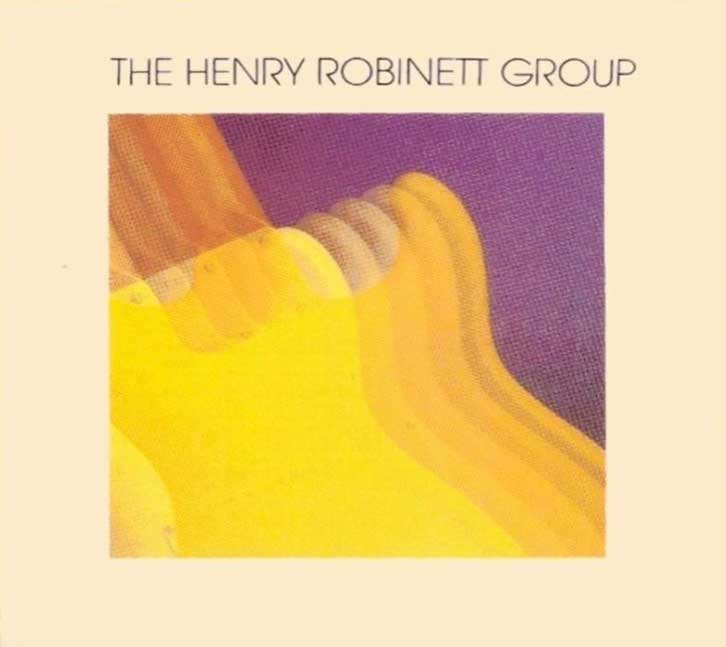
The Henry Robinett Group
The album was released to rave, critical reviews, I can admit. The Henry Robinett Group received four stars in Downbeat Magazine. Jazziz gave it a great review and wrote a wonderful article. Philadelphia Inquirer, and many other magazines were writing about us. This was also the era before there was such a thing as smooth jazz. We hit a no man’s land of style. It certainly wasn’t straight ahead jazz, or new age, the labels professed direction, but it wasn’t exactly bumpin funky jazz either. It had solos and nice, melodic tunes. Radio was very kind to us. Another thing to our advantage, in Sacramento, was we had a brand new commercial jazz station that was right up our alley: The Point, 100.5. It started out as a very eclectic station, before it turned into KSSJ, a strictly format controlled Broadcast Architecture smooth jazz station. We’ve never been a smooth jazz group. We’ve always ridden on the edge, between of styles; a hard group to pigeon hole. At least I think so.
Across the country every song received some airplay, but the stand out tracks were Eye Candy, Festival Des Telephones, Spectacular Fish and Jade Gate. Ticket To Ride, produced by Brent Bourgeois, became the closing theme to a British produced, internationally syndicated radio series on John Lennon’s lost tapes. And Gilman’s Light was one of my favorites.
On top of that there was a new jazz club in town dedicated to playing just jazz. We got a Tuesday night and stayed there for close to nine years! The club was called On Broadway. So the stars were aligned.There were so many factors that came together to make this really something. HRG had a great start. And basically all because I had a dream, a literal dream to expand into the other rooms of my house. From the moment of writing down my plan to writing tunes, to getting the guys, to getting a record contract was only a few months. Less than a year. Amazing when you think about it!
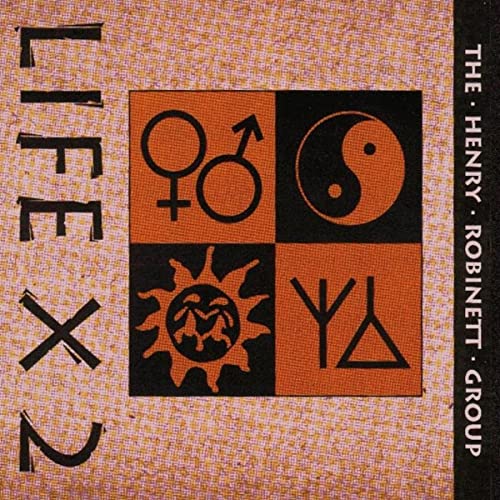
Life X 2
Joe and I moved in together and built a small production studio. We then recorded the next CD, Life X 2, so named after meeting and marrying Cathilea. But Artful Balance Records was breaking down and had lost it’s identity when Roger Voudouris and Robie Porter sold it to JCI, their distributor.
The next seven years found me in desperate struggle for control. I was tied up and not allowed to record while Artful Balance Records tried to figure out what they were going to do. We were told we were the flagship band of the label; the reason they bought it. OK, so maybe they told all their artists this, I don’t know. Playing Samadhi In Malawi, a song that was guaranteed to bring the house down, at a Live gig at the Baked Potato in LA, sold us to them. They loved our music and had been up to see us many times. But they wanted to change us, endemically and I didn’t want that. They wanted me to do dance music. Well, that simply wasn’t going to happen. If you liked the music so much, if we’re the reason you bought the label, then let us do the music. Dance music was 180 degrees opposite. Soon they were grooming a rock band, Call Me Crazy, that never materialized and I became a “difficult artist.” Yeah, I knew who I was and who I wasn’t and what I wasn’t willing to become. It’s like that picture of the guy trying to give me a $100 bill if only I’d play Louie Louie. I don’t mind playing Louie Louie, but I don’t want to be bought. Not a winning attitude, perhaps, but it’s mine.
Artful Balance finally went under at the cusp of releasing Life X 2. It had been in the bag for quite a while, as the new owners, JCI Records, said, “Hey we love the record, but we have another plan and style for you.” Keep in mind this was the late 80s, so when you listen to the record, know that.
And there was the lost CD. The last days of Artful Balance, refusing to release Life X 2, I was recording my compromise CD. Most of it was tracked by myself. The reason for this was the band, rightfully, disagreed and out of frustration I just did it myself. Drum machines, Brian Morgan singing on four songs. Scott Barnhill on tenor. The CD never saw the light of day, thank god. I don’t even have a copy of it. I mean, I think there was a lot of good stuff on it. But if it had been successful, I would have hated it! As soon as we finished the label went into Chap 11. The poor studio and some of the musicians didn’t get paid. I even offered to pay the studio what was owed, just to get the masters, but they jacked some exorbitant late fees increasing the debt to ridiculous proportions. Hey, we’re in this together, I thought. We both got screwed by these guys Let’s make a deal here. At least you’ll get something. But no.
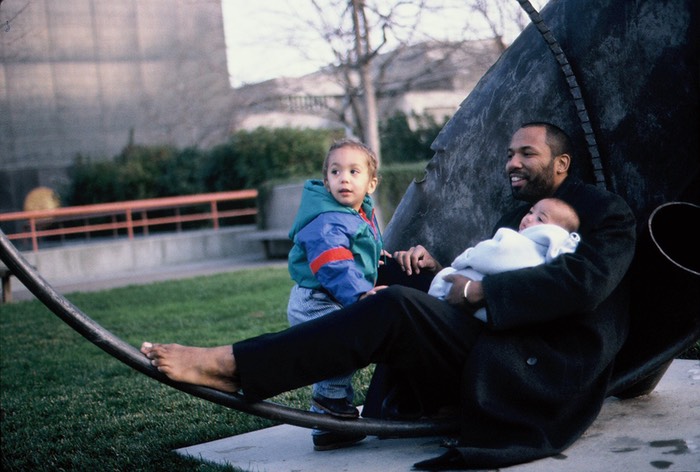
Nefertiti
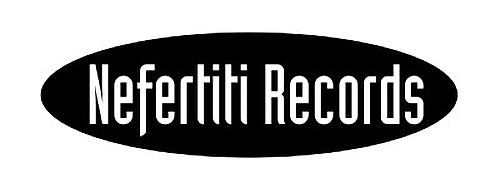
The next step? Start my own record label. This was long before vanity labels were standard fare for bands. I did a little research and launched Nefertiti Records.
I called a few of my friends in “the business” and was told it was “impossible” to get distribution for a one off, independent album/label. So I finished the CD, had it mastered, got Michelle Macdonnell to do the art work and Sonya Stone to do the photography. We just had Landon, our second child, and Charlie was barely two. Life X 2 meant, for me, family. At the time of writing and recording, it meant Cathilea and myself as we had gotten married. By the time it was released, through Nefertiti, we had two children born 19 months apart. So then instead of LIFE x husband and wife, it became LIFE x Charlie and Landon.
When Fortresses Fall
Hearing, but not accepting, the impossible feat of acquiring distribution, I got a list of independent distributors, and talked to other distributors who knew other distributors, and got the low down on who was less ethical than others when it came time to work and gettng paid. At the top of the list was INDI. So I packaged up Life X 2 and sent it to the head honcho at California Record Distributors (CRD), the west coast branch. I called the next week and the head honcho said, “Henry! I’ve been waiting for your call. I came back from vacation yesterday and my staff has been playing your CD practicaly non-stop. I’m sending you a contract, if you’re still interested.”
Vindication! What impossible? First try!
At the suggestion of Gary Vercelli of KXJZ I hired Cliff Gorov to promote the CD to radio. Just Is got a remarkable reception. It was big in Atlanta, Seattle, LA, NY, every where in the US, it seemed. And once again almost every tune got good airplay.
The band suffered some shake ups. Darryl C. Anders joined the group and soon Joe Gilman would leave. Aaron Garner and then Jeff Chimenti joined on piano. Scott Barnhill and much later Darius Babazadeh came in on tenor and soprano saxes. New music. I expanded my recording studio from my house to downtown and named it Blue Degrees Digital. I slowly entered the world of recording myself and others. We made and released When Fortresses Fall. The subject matter was about the break up and reconciliation with my wife Cathilea and myself. It was a tough time, but it was only a momentary blip. We’ve been going strong now for 27 years.
Once again the CD did well on radio. The Gift, written and dedicated to my first son Charlie when he was born, was the radio friendly track. But the standout track of the album was “Once A Gaucho.”

Teaching
There was a long haitus as I was a stay at home dad, for much of the time. I also started teaching music at Folsom State Prison, which I found to be very rewarding. Between old and new Folsom and others I taught in prisons for close to 10 years.
Blue Degrees Digital expanded into a limited partnership with John Baccigaluppi and his studio The Hangar, formerly Enharmonik. I now had a big room to record the band in and could record others. I had the digital component to The Hangar, contrasting his tape. I moved my old Adats in but quickly moved to computer based recording with Digital Performer, Logic and later Pro Tools. The Hangar was a big room with a ton of mics and great mic pres. I also had my 8 channels of Millennia Media pres to add to the deal.
The Henry Robinett Group had won a bevy of awards, mainly SN&R Sammies Best Jazz Band 3 years in a row and the Hall Of Fame which retired me from being voted upon, and Sacramento Magazines Best Of Sacramento 3 years running. Best of Sacramento, and Best Local Musician a few years in a row as well.
I took a teaching position in Vienna, Austria at the now defunct American Institute of Music, as a jazz instructor and briefly headed up the jazz department. The gig was 3 months on and 3 months off for two terms until it closed. My friend Wayne Brasel hired me. I was able to hang out and play with the likes of Shawn Lane. What a remarkable player and mind.
Uncommon Prayer
I re-organized the band once again. Rick Loter left and I hired drummers Alan U’Ren and later Alan Hall. Bassist Nelson Braxton joined as he was just about to release his first CD with his brother, The Braxton Brothers. Keyboardist John R. Burr, saxist Alex Murzyn and percussionist, Sam “Mombo” Hernandez rounded out the group. With the exception of Mombo, everyone was from the Bay Area. We recorded or next album “An Uncommon Prayer: and other short stories.”
In Vienna I met my friend Glenn Ito, who had his own promotional business for jazz labels, including Challenge Records. and Hat Art. Glenn was in Vienna to secure some business and it was just a coincidence that we were both there at the same time. He had helped me out immensely when I was launching Nefertiti Records. So he introduced me to Anne De Jong, owner of Challenge. We entered an agreement where he would distribute Nefertiti World Wide and I would, in turn, become his fusion label. I could sign who I wanted, as long as it met with his agreement and he would send artists my way, as long as it met with my approval.
Nefertiti Records was making some noise. I “signed” up some other artists, primarily Roger Smith. What this basically meant was that I would distributet their CDs through my distribution channels. We released his CD, “My Colors.” This CD became so successful that he needed a bigger label, which I had no problem with. But we signed and released CDs from guitarists Wayne Brasel, Justin Morell and Emiel Van Egdom.
I was becoming so successful at this I had to remind myself what my purpose was. I had the choice to be a label or the artist. I didn’t have enough personal resources to be both. Each was a full time committment. So, unwise as it appeared to be at the time, I reigned in my label and went back to being an artist. The label was only ever supposed to assist my goals as a musician, writer, player and artist, not the other way around. That said, I sure wish I had developed Nefertiti further along! Maybe I will. Maybe Tuesday.
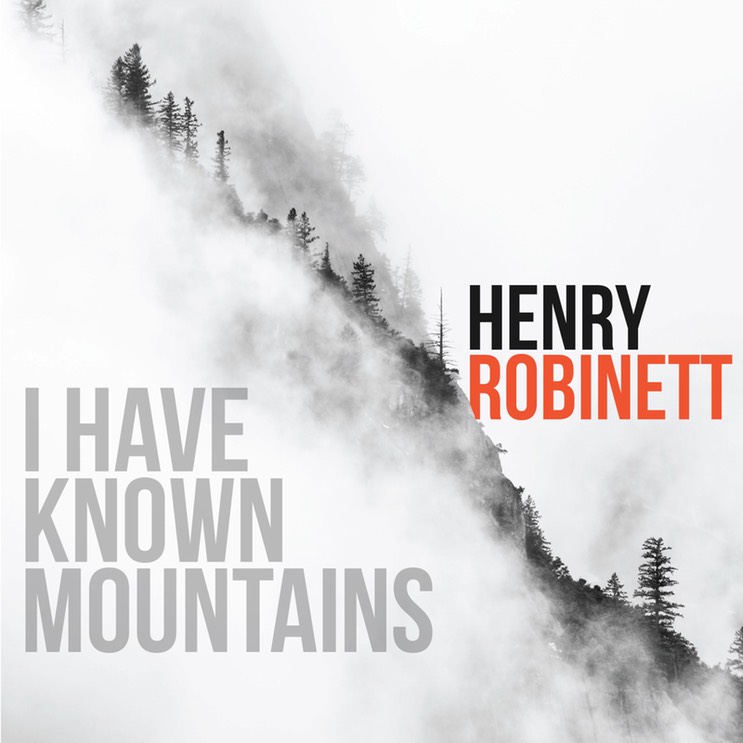
I Have Known Mountains
The Capital Jazz Project was formed in 1997 with a phone call from Joe Gilman. Through this group alone, I was able to play virtually all the music of jazz history. Duke, Monk, Mingus, Coltrane, Cannonball, Bill Evans, Joe Henderson, Billy Strayhorn, Ella Fitzgerald, Blue Note Records, 1958, Scott Joplin, Bud Powell, Dizzy Gillespie, ECM, – it goes on and on. And I was reunited with my HRG band mates Joe Gilman and Rick Lotter. What a fun and fruitful band this has become. What a great band.
I also began teaching at American River College, Cosumnes River College and at jazz department of The University of The Pacific. I saw how Joe interacted with his students and thought that I had missed the boat as a jazz musician. Teaching is a great and rewarding avenue for jazz musicians, if you can teach and are relatively articulate.
My recording studio has expanded into two: Art House Sound, where I write and do basic guitar tracking, mixing and mastering and Studio Bohemia where I record other people, their projects or for mine, track other large ensembles, rehearse The Henry Robinett Group. It’s perfectly suited for drums and has two large isolation booths. I do remote live recordings for bands wanting to preserve those performances.
I released my latest CD, it was planned to be a double CD, or two separate CDs, for The Henry Robinett Group as well as a straight ahead jazz CD. I had enough music for two, but I released I Have Known Mountains and am planning to release the second soon. Also two straight ahead jazz albums. One that’s been on the can for years and another yet to be recorded. These are easier to do. Just get the guys and schedule a recording session! I’m also very interested in taking on other projects too! Let me know!
And here it is! I Have Known Mountains. Released November 2015 Not a double, but there’s plenty of music left over for another!
